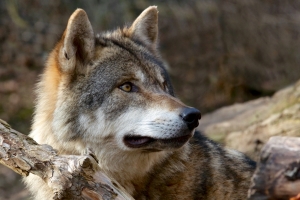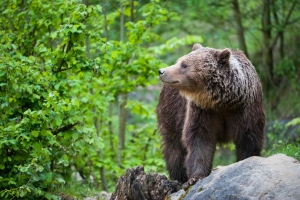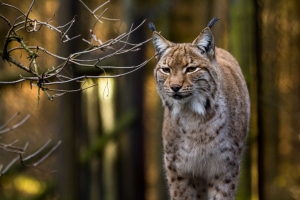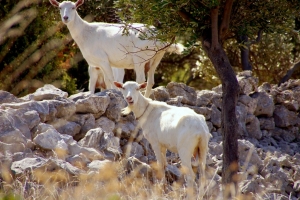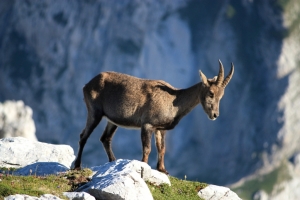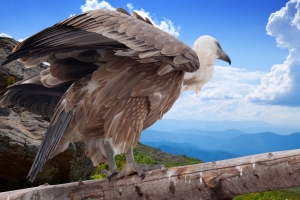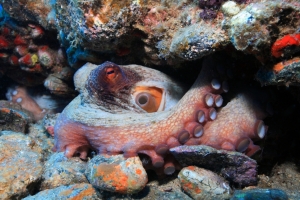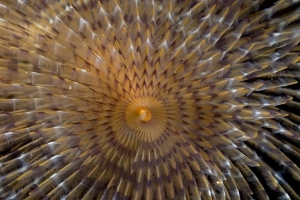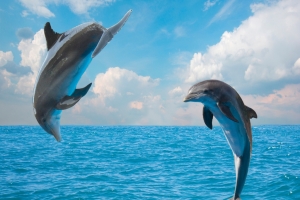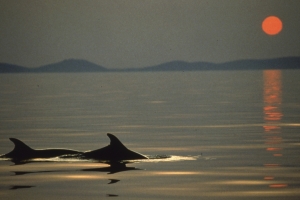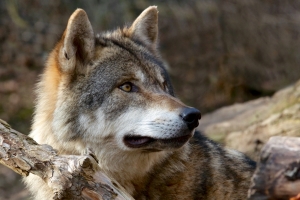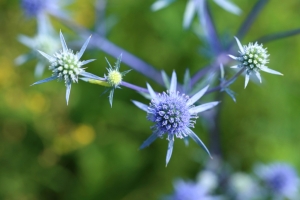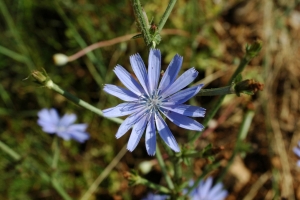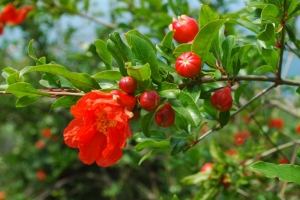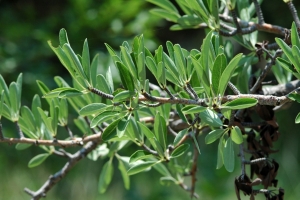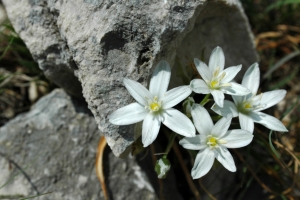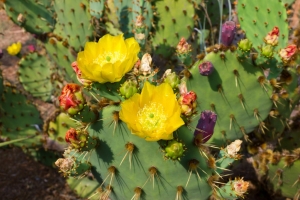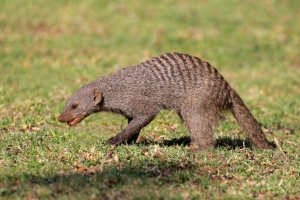Croatia / Flora and fauna in Croatia
Flora and fauna in Croatia
Croatia, which is a fascinating, varied and wonderful world, evokes enthusiasm not only with its many cultural treasures but also with its natural beauty. Those who reduce the country only to its most famous and popular coastal and island regions with its beautiful bays and beaches,crystal clear waters and charming fishing villages, will miss out on some of the most scenic landscapes in the entire Mediterranean.
3 regions of Croatia

This is because Croatia is, above all, extremely versatile. In particular is the northeast coast with its Pannonian Basin, which is mainly marked by its small mountain ranges. Here is the breadbasket of Croatia: crisscrossed by numerous waterways, accented by small lakes. As an extremely water-rich region, Croatia is located in the blue heart of Europe. The deciduous forests offer a nice change to the water regions, which are mainly found in the northern parts of the country. These forests offer a wonderfully colorful backdrop for hiking and exploring on the off- beaten tourist trails, especially in autumn.
The Dinaric Mountains in the center of the country are harsh and barren and dominated by coniferous forests this mountainous area acts as a watershed between the Danube and the coast. In some of the secluded, deserted gorges, valley and forests, you may come across one of the many endangered animals that may or may not already be extinct in many parts of Europe. For those who are lucky enough, they may chance a meeting, especially in the karst areas, with a Gold Jackal or a lynx, and may even see a brown bear or a wolf roaming through these mountains marked by black pines and bizarre rock formations. The nimble mountain goats that inhabit the higher mountain regions are a popular photo motif, especially when they are seen conquering the largest gradients and the steepest slopes. Numerous reptiles, insects and crawlers have made the forest and mountains regions between Medimurje and Dalmatia, Istria and Vukovar their home. Here you can find lizards and geckos, snakes, such as Rare Horned Vipers and various species of butterflies.
The coastal region of Croatia offers a different variety of flora and fauna. Along the Adriatic coast, the countryside has been characterized by the Mediterranean: clear pine forests and Mediterranean sclerophyllous shrubs adorn the partially karstic mountains and bays while pine trees spread their inimitable fragrance and provide
This is because Croatia is, above all, extremely versatile. In particular is the northeast coast with its Pannonian Basin, which is mainly marked by its small mountain ranges. Here is the breadbasket of Croatia: crisscrossed by numerous waterways, accented by small lakes. As an extremely water-rich region, Croatia is located in the blue heart of Europe. The deciduous forests offer a nice change to the water regions, which are mainly found in the northern parts of the country. These forests offer a wonderfully colorful backdrop for hiking and exploring on the off- beaten tourist trails, especially in autumn.
The Dinaric Mountains in the center of the country are harsh and barren and dominated by coniferous forests this mountainous area acts as a watershed between the Danube and the coast. In some of the secluded, deserted gorges, valley and forests, you may come across one of the many endangered animals that may or may not already be extinct in many parts of Europe. For those who are lucky enough, they may chance a meeting, especially in the karst areas, with a Gold Jackal or a lynx, and may even see a brown bear or a wolf roaming through these mountains marked by black pines and bizarre rock formations. The nimble mountain goats that inhabit the higher mountain regions are a popular photo motif, especially when they are seen conquering the largest gradients and the steepest slopes. Numerous reptiles, insects and crawlers have made the forest and mountains regions between Medimurje and Dalmatia, Istria and Vukovar their home. Here you can find lizards and geckos, snakes, such as Rare Horned Vipers and various species of butterflies.
The coastal region of Croatia offers a different variety of flora and fauna. Along the Adriatic coast, the countryside has been characterized by the Mediterranean: clear pine forests and Mediterranean sclerophyllous shrubs adorn the partially karstic mountains and bays while pine trees spread their inimitable fragrance and provide welcoming shade. The landscapes are varying with some regions being particularly dry, such as some islands in the Kvarner Bay, which is mostly overgrown with maquis, which serves as a perfect habitat for insects and reptiles. In contrast, other regions provide the perfect conditions for vineyards and orchards, such as along the coast of Istria, around Krk, Rab, Pag and Losinj, and in Dalmatia. Despite that fact that much land is used for farming, there are many national and natural parks. Just to name a few: Mljet National Park is famous for its mongooses, while Kornati is characterized by its karst countryside. The Northern Velebit National Park is designed to protect the delicate balance between Mediterranean-maritime climate, mountains, forest, rivers, lakes and their numerous plants and animals.
close
Read more…
Croatia's Avian Populations
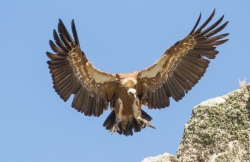
Did you know that Croatia is a paradise for ornithologists? More than 350 bird species inhabit all regions and attract bird-lovers from all over the world. Among the rarest and also the most impressive birds of the country are its Griffon Vultures, Golden and Serpent Eagles. These beauties are primarily observed in remote areas which are in the strictly protected mountain areas in the middle of the country. Birds of prey, however, can also be found in inaccessible, sparsely populated coastal regions, such as in Dalmatia, Istria, or in Velebit National Park.
Among birdwatchers, the area between the Drava and the Danube in the north of the country, is also very popular for its abundance of waterfowl and march inhabitants, such as glossy ibis and herons; and cormorants and coots. The estuaries along the Adriatic Sea are home to numerous waterfowl and migratory birds who like to make a break here while on their annual migration to Africa.
Exciting Encounters Under the Water
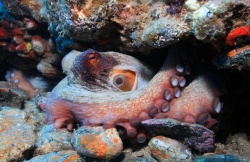
Despite the uproar from fishermen against Croatia's decision to designate the entire Croatian sea as an ecological reserve in 2004, divers, snorkelers and nature lovers have every reason to rejoice. The reserve protects the diverse marine flora and fauna which is more varied than in any other region of the Mediterranean. Sponges and corals thrive in the warm clear waters as well as breams and gorgons, monk fish and groupers. Sea cucumbers and sea urchins feel particularly at home, nestled among the rocky coves and pebbly beaches- much to the chagrin of some bathers who have not thought of protection for their feet! The numerous islands, particularly those in the approximate region of Kvarner or Dalmatia provide excellent conditions for divers. With luck on your side, you will have the opportunity to observe rare Mediterranean monk seals or marshes and sea turtles in the wild. Even dolphins are native to this part of the Adriatic. These friendly marine animals like to play with divers and snorkelers, accompany boats and occasionally show-off with a sensational spring from the waters. It is possible, by the way, to meet interesting creatures right on the waters and in very humid regions. The olm, for example, populates many of the caves and grottoes and has been responsible over the last thousands of years for eating away at the karst rock in the coastal region.
Endemic plants and animals

The country owes its great diversity to Croatia's unique location situated in the Balkans between Europe, Asia and Africa. Its secluded regions, including the Velebit, the highly diverse coasts and islands and the Dinaric mountains provide a suitable environment for Croatia's great variety of endemic plants and animals to thrive. One of the greatest national treasures is hidden in the Plitvice Lakes National Park. Only 75 of the more than 1,200 plant species found here are endemic, including the Amethyst Blue Star and Thor's buttercup. Extremely rare animals, such as the olm feel just as much at home here as do the dippers and pond turtles, Golden Eagles, wolfs and lynx.
The many secluded valleys and gorges of Velebit are valued as the endemic center in Croatia. In the Northern Velebit National Park around 4.4 percent of the plants are classified as endemic. Among them are the Candy Carrot, the Great Yellow Gentian, the Dinaric Crazyweed, and the Mountain Milkwort. Many of the endemic plants are often found in the remote mountain pine forests.
Endemic plants and animals attract nature lovers and the like, especially to Krka National Park. From the 20 fish species found here, 10 are classified as endemic, as well as two lizards and a great number of insects and birds. Additional fantastic creatures to this region include more than 200 bird species and 18 types of bats, which are not considered endemic, but are still impressive as they are extremely rare in the world.
Why Best of Croatia ?
- Best Price Guaranteed
- No booking fees
- Thousands of satisfied customers
- Numerous objects with direct-booking option
- Intelligent search function with numerous useful filter options
- Extensive travel guide with lots of pictures and videos over 500 pages
- Detailed beach guide with more than 700 beaches




























 Best of Croatia
Best of Croatia











